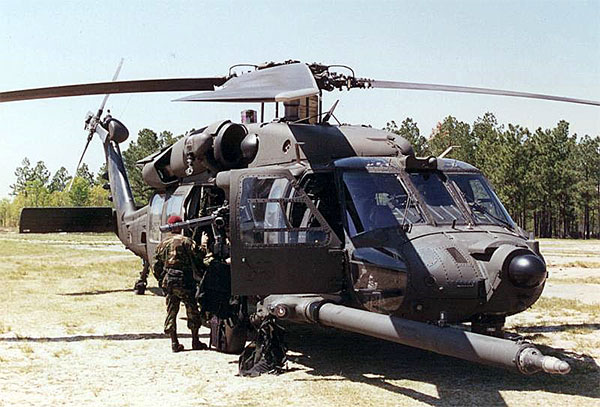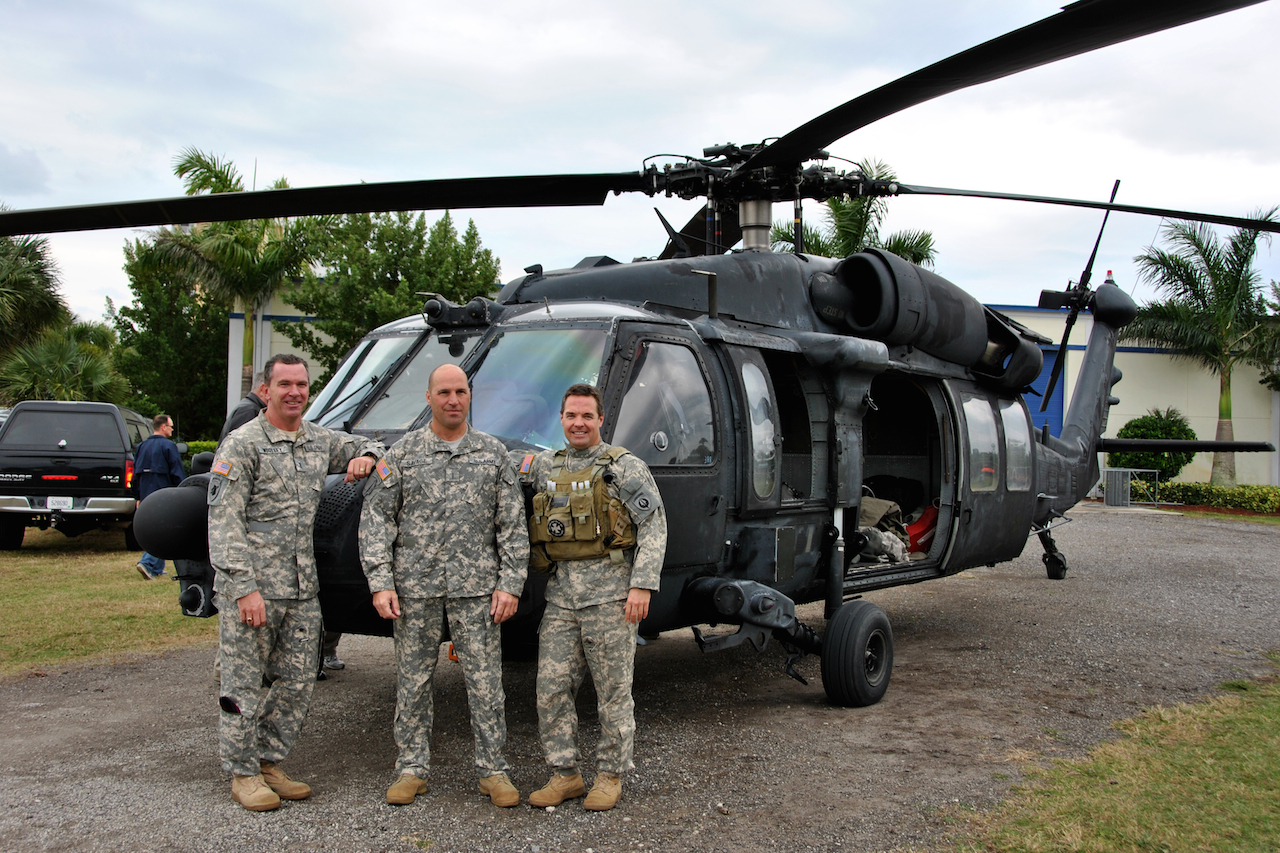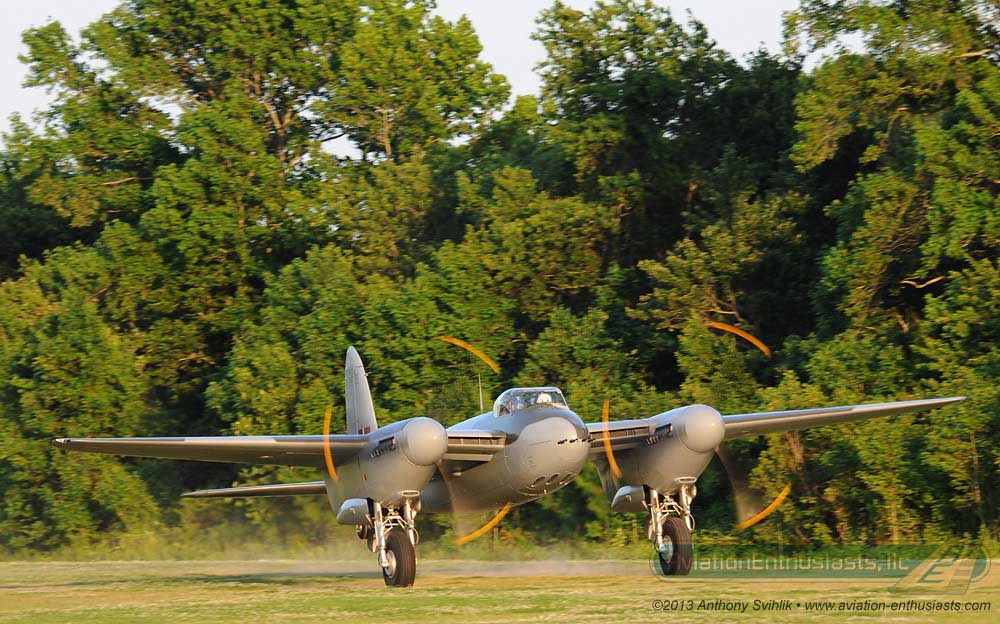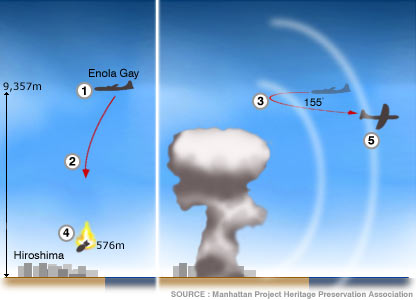Black Hawk Down: MH-60K retires from active duty
The sole operator of the MH-60K has retired the last of these secret rotor aircraft. The 160th Special Operations Aviation Regiment (SOAR) was the only unit that operated the MH-60K:
From Warbirds: PRESS RELEASE – FORT PIERCE, Fla, US
As the crowd gathered around the US National Navy Sea, Air and Land (SEAL) Museum Nov. 19, 2014, it became clear this wasn’t a standard military retirement.
There was no podium, no colors and no sound system. A small crowd gathered with their eyes fixed on the horizon.Then, a familiar sound became increasingly audible to the special operators in attendance. That sound was the rotors of two MH-60 Black Hawks, a MH-60K and a MH-60L, as they appeared over the shoreline, flying as a team one final time.
The MH-60K, tail number 388, made it’s long anticipated final flight from Fort Campbell, Ky. to the National SEAL Museum, where it will be demilitarized and put on display.“The relationship between the Army, the Navy and what we do has been in the shadow for a long time,” said Rick Kaiser, a retired Navy Seal Master Chief Petty Officer and Executive Director of the museum. “A lot of people will ask the same question – ‘Why do you have this Black Hawk in here?’ People always assume it’s Navy aircraft that fly the SEALs around. We will then be able to tell them the story about the relationship between the SEALs and the Army Special Operations Aviators.”

The process, which began almost a year prior, required careful coordination between several command elements, branches and offices across the Army; the unit who owned the aircraft – 1st Battalion, 160th Special Operations Aviation Regiment (Airborne) (SOAR) (A), 160th SOAR (A) Operations Section, The United States Army Special Operations Aviation Command (Airborne) (USASOAC) (A) Aviation Readiness Branch, the USASAOC (A) Technology Applications and Program Office, the SEAL Museum, and the Army Tank and Automotive Command (TACOM) donations branch. All offices worked together to ensure all the necessary requirements were met in order to legally transfer the aircraft to the museum.
Sgt. 1st Class Joseph W. Evans, USASOAC (A) Aviation Readiness Branch Senior Maintenance Noncommissioned Officer in Charge, has been working the project since he arrived to the unit in March.“This is the first time I have had the opportunity to work an aircraft donation for the team,” said Evans. “Previously, I worked with the U.S. Army Center of Military History to divest aircraft [tail number] 288 to the U.S. Army Aviation Museum at Fort Rucker, Ala. There is a big difference between a divesture and an outright donation to a group not funded by the Federal Government.”

For the aircraft 388’s final flight, it only seemed fitting that Chief Warrant Officer 5 Ben D. Savage, 160th SOAR’s (A) Command Chief Warrant Officer, was in the cockpit. Savage has been training on the airframe since it arrived in the unit 20 years ago.“We started getting the MH-60K in 1994,” he said. “I was part of the train-the-trainer in Block Zero. Block Zero was to train all the instructor pilots in each of the following blocks. In April of ’94 I got qualified on the aircraft and started teaching block one in the fall.”
Savage, who had close to 4000 flight hours on the MH-60K airframe, said tail number 388 had a storied history during its lifetime.“This aircraft has been on multiple Joint Readiness Exercises leading up to 2001,” he explained. “It has also been in a “Class A” accident where it rolled over and was unable to fly for an extended period of time. In 2002, it made its first trip to Afghanistan and has flown multiple missions in Iraq, Afghanistan and Africa since that time. During one of 388’s missions, the aircraft’s copilot had his microphone boom shot off his helmet and its pilot-in-command was shot in the face. They still managed to fly the aircraft out of the area after it had taken fire, so the aircraft has a significant history of battle damage as well.”

Task Force 160 of Fort Campbell, Kentucky — the Army's elite helo outfit — flies this heavily modified Sikorsky Black Hawk helicopter. The pair used to carry Navy SEAL Team 6 to Osama bin Laden's Pakistan hideout in May 2011 had special stealthy modifications added to the choppers to make them quieter and less susceptible to radar detection.
It also boasts terrain-following radar, a special defensive avionics suite to help it elude enemy detection, and blades mounted on the fuselage to slice through power lines that might bring down a standard chopper. A cover for the tail rotor — it's otherwise a flashing light for radar — as well as special fuselage trim and custom-crafted stabilators (the "rear wing" just underneath the tail rotor) suggested this was no stock MH-60K. That became crystal clear when photographs of one that had to be abandoned at bin Laden's compound began circling the globe. These Black Hawks can carry several different kinds of machine guns mounted at their side doors along with two crew chiefs to man those guns, a pair of pilots, and about a dozen troops.
The aircraft also participated in the mission that helped rescue American, Jessica Buchanan and her coworker, Poul Hagen Thisted. Both Buchanan and Hagen Thisted were captured by Somalian pirates and held hostage for three months in 2012. During the operation, SEAL team members parachuted into the objective and engaged the pirates, killing all of them. After the firefight, multiple aircraft evacuated the SEALs and the two hostages, including aircraft 388.“I’m going to put this on my list of things to do once this display gets set up,” Savage said. “We are leaving our checklists, which have our names in them, in the aircraft. So it’s an honor to know it’s going to be in the SEAL Museum. It’s quite fitting because of the number of SEALs we’ve carried around in this airframe.”

As for Evans, he said everyone’s hard work to get the aircraft donated to the museum pales in comparison to what the pilots, crew members and MH-60K have all given to the Special Operations community.“To me, the reward is knowing the 160th’s last MH-60K will be preserved and on display for many years to come,” he said. “This ensures the memory of those that have gone before us and what they accomplished on so many missions with the use of the MH-60K and more specifically, aircraft 388.”
Story Sgt. 1st Class Thaddius Dawkins
The Sikorsky UH-60 Black Hawk is a four-bladed, twin-engine, medium-lift utility helicopter manufactured by Sikorsky Aircraft. The UH-60A entered service with the U.S. Army in 1979, to replace the Bell UH-1 Iroquois as the Army's tactical transport helicopter. This was followed by the fielding of electronic warfare and special operations variants of the Black Hawk. Improved UH-60L and UH-60M utility variants have also been developed.
Modified versions have also been developed for the U.S. Navy, Air Force, and Coast Guard. In addition to U.S. Army use, the UH-60 family has been exported to several nations. Black Hawks have served in combat during conflicts in Grenada, Panama, Iraq, Somalia, the Balkans, Afghanistan, and other areas in the Middle East.
Upgrades and variations
After entering service, the helicopter was modified for new missions and roles, including mine laying and medical evacuation. An EH-60 variant was developed to conduct electronic warfare and special operations aviation developed the MH-60 variant to support its missions.
Due to weight increases from the addition of mission equipment and other changes, the Army ordered the improved UH-60L in 1987. The new model incorporated all of the modifications made to the UH-60A fleet as standard design features. The UH-60L also featured more power and lifting capability with upgraded T700-GE-701C engines and a stronger gearbox, both developed for the SH-60B Seahawk. Its external lift capacity increased by 1,000 lb (450 kg) up to 9,000 lb (4,100 kg). The UH-60L also incorporated the automatic flight control system (AFCS) from the SH-60 for better flight control due to handling issues with the more powerful engines. Production of the L-model began in 1989.
Development of the next improved variant, the UH-60M, was approved in 2001, to extend the service life of the UH-60 design into the 2020s. The UH-60M incorporates upgraded T700-GE-701D engines, improved rotor blades, and state of the art electronic instrumentation, flight controls and aircraft navigation control. After the U.S. DoD approved low-rate initial production of the new variant, manufacturing began in 2006, with the first of 22 new UH-60Ms delivered in July 2006.After an initial operational evaluation, the Army approved full-rate production and a five-year contract for 1,227 helicopters in December 2007. By March 2009, 100 UH-60M helicopters had been delivered to the Army. In November 2014, US military ordered 102 aircraft of various H-60 types, worth $1.3 billion.
Following an operation in May 2011, it emerged that the 160th SOAR used a secret version of the UH-60 modified with low-observable technology which enabled it to evade Pakistani radar. Analysis of the tail section, the only remaining part of the aircraft which crashed during the operation, revealed extra blades on the tail rotor and other noise reduction measures, making the craft much quieter than conventional UH-60s. The aircraft appeared to include features like special high-tech materials, harsh angles, and flat surfaces found only in stealth jets. Low observable versions of the Black Hawk have been studied as far back as the mid-1970s.
In September 2012, Sikorsky was awarded a Combat Tempered Platform Demonstration (CTPD) contract to further improve the Black Hawk's durability and survivability. The company is to develop new technologies such as a zero-vibration system, adaptive flight control laws, advanced fire management, a more durable main rotor, full-spectrum crashworthiness, and damage tolerant airframe; then they are to transition them to the helicopter. Improvements to the Black Hawk are to continue until the Future Vertical Lift program is ready to replace it
The UH-60 entered service with the U.S. Army's 101st Combat Aviation Brigade of the 101st Airborne Division in June 1979. The U.S. military first used the UH-60 in combat during the invasion of Grenada in 1983, and again in the invasion of Panama in 1989. During the Gulf War in 1991, the UH-60 participated in the largest air assault mission in U.S. Army history with over 300 helicopters involved. Two UH-60s (89-26214 and 78-23015) were shot down, both on 27 February 1991, while performing Combat Search and Rescue of other downed aircrews, an F-16C pilot and the crew of a MEDEVAC UH-1H that were shot down earlier that day.
In 1993, Black Hawks featured prominently in the assault on Mogadishu in Somalia. Black Hawks also saw action in the Balkans and Haiti in the 1990s. U.S. Army UH-60s and other helicopters conducted many air assault and other support missions during the 2003 invasion of Iraq. The UH-60 has continued to serve in operations in Afghanistan and Iraq.
Customs and Border Protection Office of Air and Marine (OAM) uses the UH-60 in its operations specifically along the southwest border. The Black Hawk has been used by OAM to interdict illegal entry into the U.S. Additionally, OAM regularly uses the UH-60 in search and rescue operations.
Highly modified H-60s were employed during the U.S. Special Forces operation that resulted in the death of Osama bin Laden on 1 May 2011. One such MH-60 helicopter crash-landed during the operation, and was destroyed by the team before it departed in the other MH-60 and a backup MH-47 Chinook with bin Laden's remains. Two MH-47s were used for the mission to refuel the two MH-60s and as backups. News media reported that the Pakistani government granted the Chinese military access to the wreckage of the crashed 'stealth' UH-60 variant in Abbotabad; Pakistan and China denied the reports, and the U.S. Government has not confirmed Chinese access.







































.jpg)











